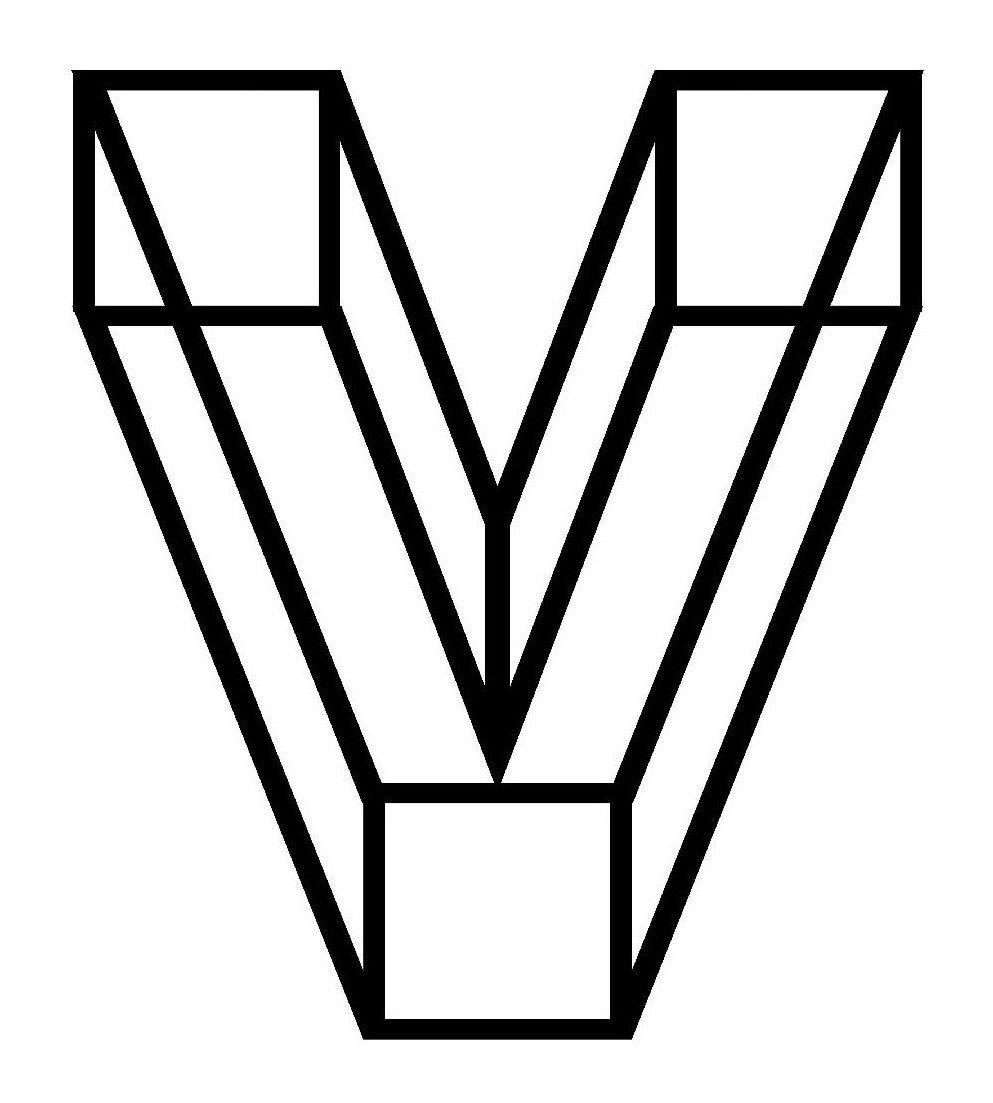The Apartment by Alexandra Litvina (translated by Antonina Bouis), illustrated by Anna Desnitskaya
I’ve had my eye on this book for a while now, and happily, I can now slip it out from my own shelf to browse whenever I wish. (Luckily for you, we can order you a copy). I like history for its stories as well as the knowledge it can impart about how we live now and how we should behave in the future. It’s always a pleasure to find a book that approaches history in a different and accessible way. This children’s book, just as enjoyable and fascinating for adults, tells the story of a Russian century through one apartment and one family over several generations. The narratives are in the voices of various children and while this gives us a child’s viewpoint and interests, the author Alexandra Litvina manages to tie in major events without shirking from contentious issues of protest, purges, hardships, and dictators. These are cleverly revealed through snippets of conversation, newspaper cuttings, and a succinct yet informative paragraph for each of the years highlighted. We follow the Muromstev family from 1902 to 2002. In 1902, Irina tells us about the new apartment in Moscow. The paint is still fresh, and the floors just polished. The nursery is big, Papa has his own study, and there is plenty of room for everyone. We can look into each room as the family moves in and meet the family as they organise their new home. Moving forward to 1914, it’s her brother Nikolai’s turn to tell us what is happening in the apartment. It’s Christmas and Papa is on the frontlines tending to the wounded, but everyone thinks that this war will be over soon. The younger sister, Marusya, takes up the story next. 1919 — food, medicine, and fuel are in short supply — revolution has turned the country on its head. Jump to 1927 and the apartment is looking very different. More people live in the same building and the Muromstev family’s lives have changed remarkably over the last three decades, not least the size of their apartment. And so it goes. We meet their friends, enjoy their discussions about politics, dabble in art and literature a little, and follow the ups and downs of this Russian century through the eyes of a family. It’s well told and wonderfully illustrated. Anna Desnitskaya's cut-away apartment illustrations are fascinating on every spread and the intervening pages are filled with details in text and drawings of quotidian culture showing us typical foods, toys, and clothes of each period alongside the more poignant mementos of ration cards, war victims, and propaganda. Here you’ll find Stalin, the Cold War, and father’s bag packed just in case of arrest, as well as family celebrations, the excitement of the race to the moon, and the significance of the fall of the Berlin Wall. Excellent!

